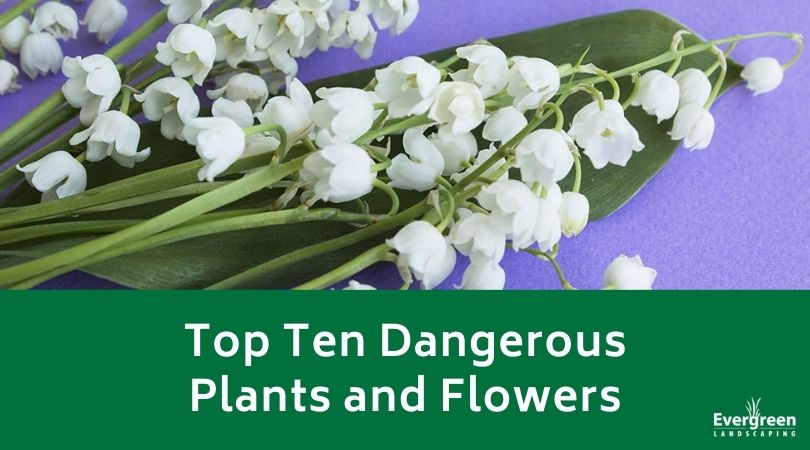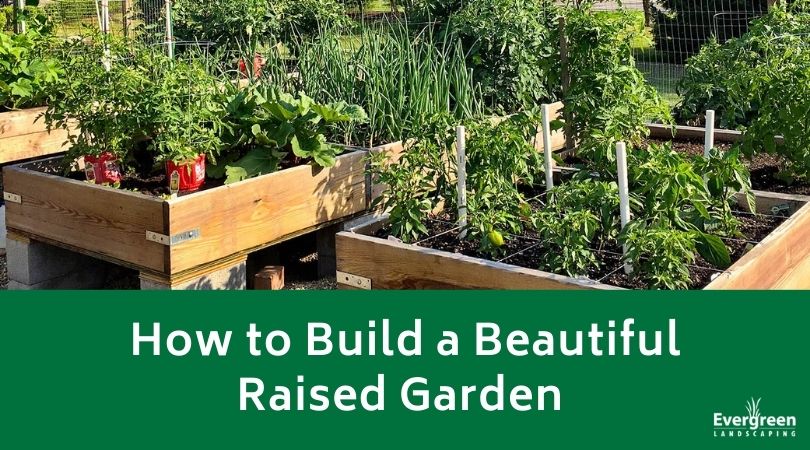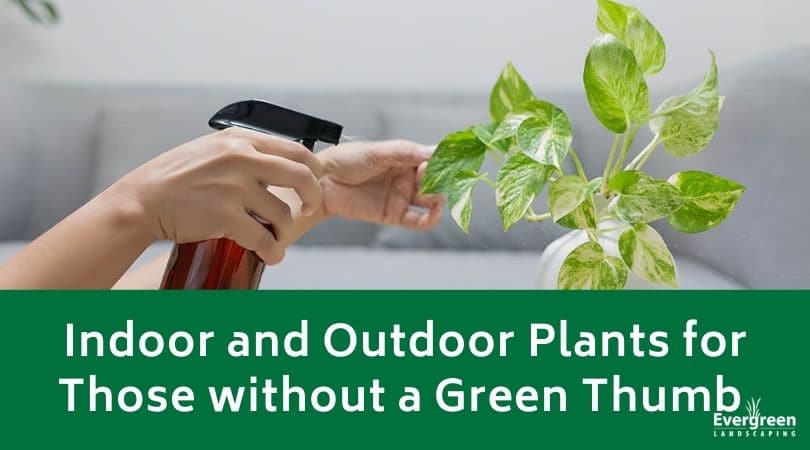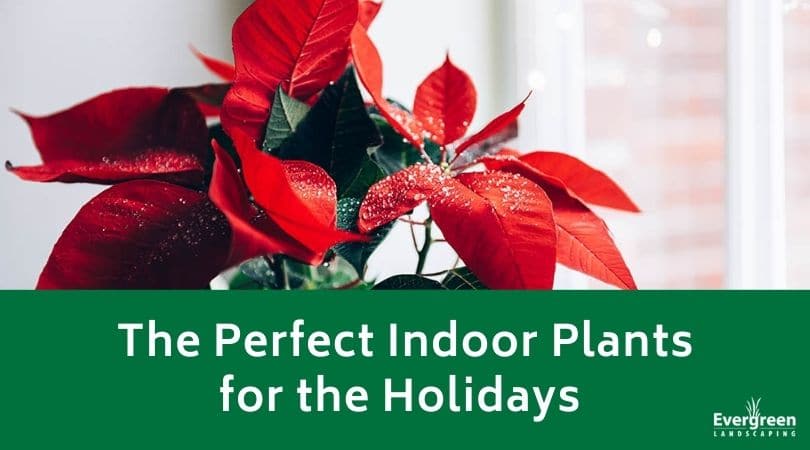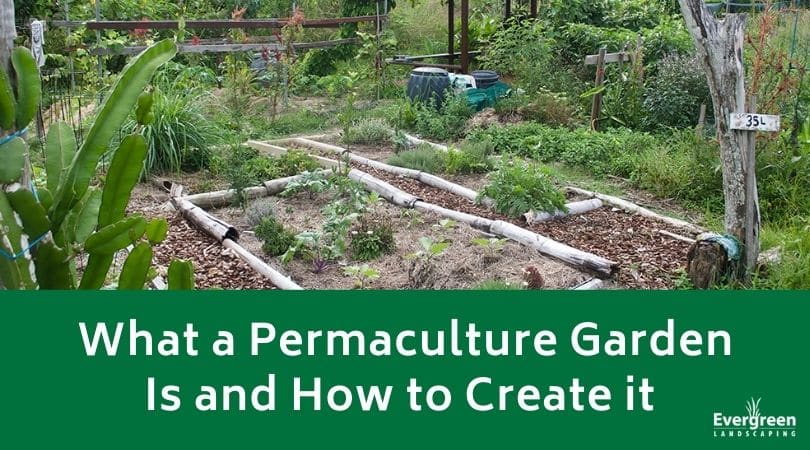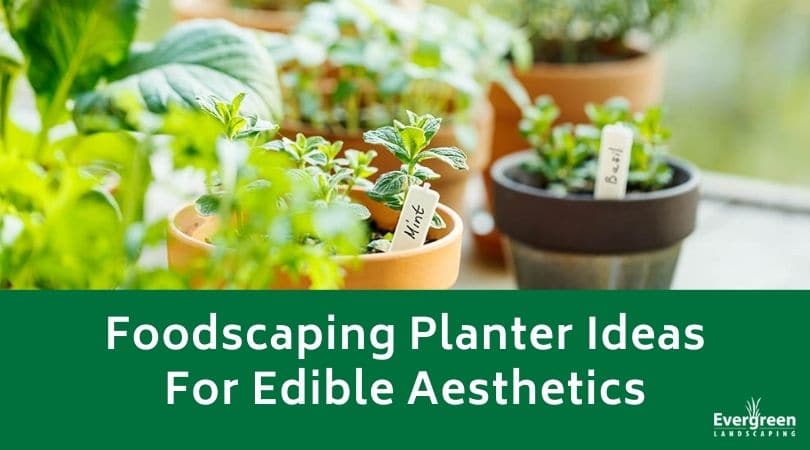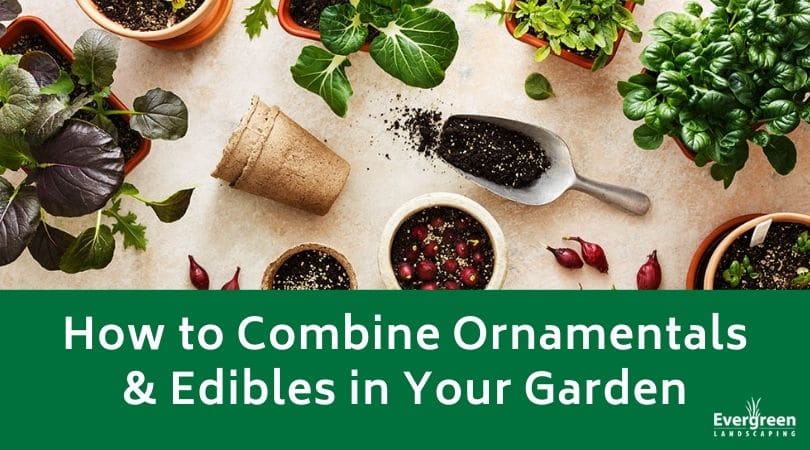Can Plants Help Indoor Air Quality?

Houseplants can brighten up a room and make it much more inviting. However, can they clean the air and make it healthier for you to breathe? If so, are some houseplants more beneficial than others? We’ll break it all down for you below.
Why Do People Believe Houseplants Clean the Air?
In the late 1980s, NASA published a study by their scientists that claimed some houseplants were effective at removing small amounts of volatile organic compounds or VOCs from the air. This caught on because it’s common for household items like nail polish, drywall, shampoo, and virtually anything with a scent to release small amounts of VOCs. The harmful effects of these compounds range from mild respiratory inflammation to developing nasopharyngeal cancer.
Naturally, people took this study and ran with it. Today, it is still widely believed that houseplants can help clean the air a small amount. However, they’re not going to be able to handle huge amounts of VOCs or other pollutants. Also, some plants are more effective than others at removing air contaminants. So, if you want to improve your indoor air quality slightly, you can start keeping a few indoor plants. As a bonus, they can boost your mood.
Plants That Work Well to Purify the Indoor Air
Since there are thousands of plants you can choose from to have in your home, you want to concentrate on the ones that help with your indoor air quality the best. These plants include but are not limited to:
1. English Ivy (Hedera helix)
English Ivy is beautiful as a houseplant and a groundcover, and it offers an elegantly classic look while removing harmful chemicals from your air. You can grow it in full sun or full shade and train it to grow in different shapes. It can easily survive for years with the proper care, and it’s an excellent beginner plant.
2. Chinese Evergreen (Aglaonema modestum)
Chinese evergreen is a very low-maintenance plant that grows best in medium or low lighting conditions. It will get between one and two feet high at full maturity, and it offers larger leaves that droop down. It comes with speckled leaves that are deep green with pink or yellow splotches. However, the leaves contain an irritant if you touch them with your bare hands, and they can be toxic to pets.
3. Dragon Tree (Dracaena marginata)
The leaf color on this pretty houseplant ranges from purple to green, and they grow in longer and thinner spikes on top of a woody stem. They make a gorgeous outdoors or indoors, and it works wonderfully in an office setting under harsh fluorescent lighting because it tolerates low light well. It needs well-draining but rich soil to be happy and healthy.
4. Mother-in-Law’s Tongue (Sansevieria trifasciata ‘Laurentii’)
Finally, this is another indoor plant that is excellent for beginner gardeners because it’s very hardy. It’s a succulent that can tolerate neglect and drought very well. It also isn’t picky about temperature or light, so that you can place it just about anywhere in your home. You want to be careful not to overwater it or keep the roots soggy.
Contact Evergreen Landscaping
If you’re not sure which plants will help purify the indoor air or how to care for them, contact us. We’re happy to help you pick out the perfect cheerful plants to add a splash of green to your home and help purify the air.


